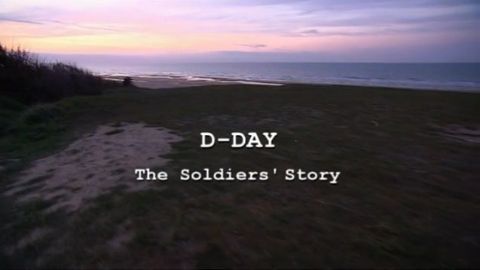Emperor: Rise and Fall of a Dynasty • 2024
Sian Phillips narrates the history of the Roman Empire through the eyes of Livia Drusilla, examining the reigns of the empress's husband Augustus, as well as Tiberius, Caligula, Claudius and Nero. Chapter 1: The story begins with the assassination of the Roman republic's most powerful general Julius Caesar, with the chaos and bloody power grabs that follow even taking down Egypt's legendary queen Cleopatra. Augustus and Livia seize their moment and through a ruthless combination of gladiatorial violence, sexual alliances and cold-blooded murder, they hoodwink the world's most powerful democracy into nominating Augustus as a single autocratic leader - the first emperor of Rome. Chapter 2: Tiberius and his notorious successor Caligula dragged the Roman empire into an age of tyranny, incest, and shocking depravity. Tiberius became Rome's second emperor with understandable paranoia and trashed what was left of democracy by making it punishable by death to speak out against him. With no son to name as heir, Tiberius invited his teenage nephew Caligula to join his court, but when the emperor fell ill, Caligula seized his chance to gain power and had him smothered on his sickbed. Chapter 3: Examines the reigns of Claudius and Nero. Claudius surprised everyone by taking Rome to its greatest heights yet, only to be brought down by his third wife Messalina and the seemingly unkillable Agrippina the Younger, the mother of his successor, the psychopathic Nero.
Make a donation
Buy a brother a hot coffee? Or a cold beer?
Hope you're finding these documentaries fascinating and eye-opening. It's just me, working hard behind the scenes to bring you this enriching content.
Running and maintaining a website like this takes time and resources. That's why I'm reaching out to you. If you appreciate what I do and would like to support my efforts, would you consider "buying me a coffee"?
Donation addresses
BTC: bc1q8ldskxh4x9qnddhcrgcun8rtvddeldm2a07r2v
ETH: 0x5CCAAA1afc5c5D814129d99277dDb5A979672116
With your donation through , you can show your appreciation and help me keep this project going. Every contribution, no matter how small, makes a significant impact. It goes directly towards covering server costs.





